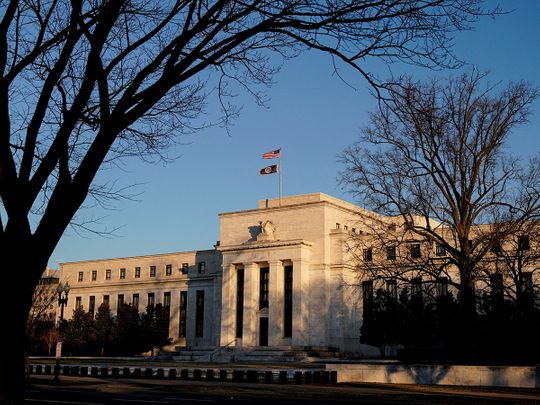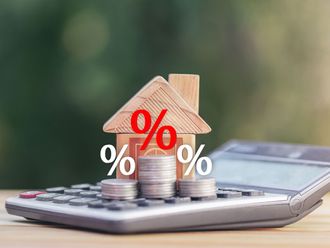
After a streak of 10 rate hikes, the US Federal Reserve finally hinted on Wednesday that it might be willing to take a breather.
The quarter-point increase -- the third straight hike of that magnitude -- lifted the Fed's benchmark rate to a target range of 5 per cent to 5.25 per cent, the highest level since 2007, up from nearly zero early last year.
In a statement after its latest policy meeting, the Fed said that while the banking system is “sound and resilient", the upheaval in the financial system could slow borrowing, spending and growth. It reiterated that the impact of pullback in bank lending “remains uncertain”.
More importantly, in its latest statement, the Fed removed a sentence from its previous statement that had said “some additional" rate hikes might be needed. It replaced it with language that said it will consider a range of factors in “determining the extent” to which future hikes might be needed. Later, Chair Jerome Powell also confirmed that a pause in rate hikes is a possibility.
Following the Fed’s announcement, the Central Bank of Bahrain was the first to announce an increase in policy rates by an identical magnitude – from 5.75 per cent to 6 per cent. The Saudi Central Bank, too, hiked its repo rate by 25 basis points to 5.75 per cent.
The Central Bank of the UAE also increased its rate by 25 basis points, from 4.9 per cent to 5.15 per cent.
The Fed's rate increases over the past 14 months have more than doubled mortgage rates, elevated the costs of auto loans, credit card borrowing and business loans and heightened the risk of a recession. Home sales have plunged as a result. The Fed’s latest move, which raised its benchmark rate to roughly 5.1 per cent, could further increase borrowing costs.











